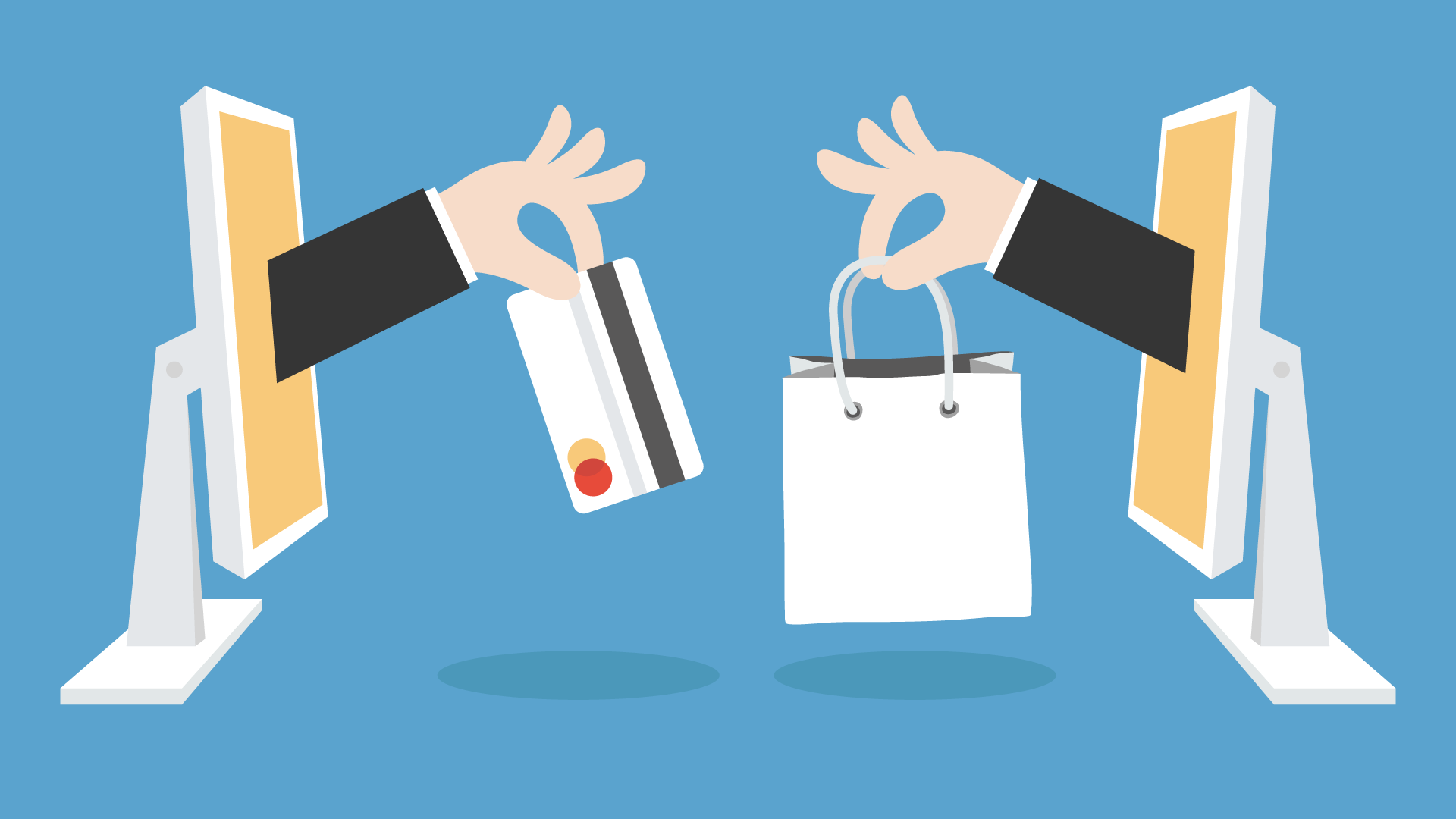Ecommerce Trends in 2024: What Organizations Need to Know
Ecommerce Trends in 2024: What Organizations Need to Know
Blog Article
A Comprehensive Guide to Why This Pattern Is Improving Customer Actions and the Diverse Products That Are Transforming Hands Online
In today's swiftly advancing industry, the convergence of customization, sustainability, and technical development is considerably altering customer actions. Comprehending the underlying elements driving this change is essential for businesses intending to grow in this brand-new environment, prompting a closer examination of the effects for both customers and brands alike.
Key Factors Driving Change
Increasingly, customer habits is being formed by a convergence of vital aspects that drive significant adjustment in the market. One of one of the most essential influences is the fast improvement of innovation, which has transformed just how consumers access details and make getting decisions (Ecommerce). The proliferation of smart devices and social media sites platforms allows customers to participate in real-time interactions, leading to more informed selections and increased expectations for customization
In addition, market changes, including the rise of millennials and Generation Z, are redefining market characteristics. These generations prioritize experiences over material items and look for brand names that align with their worths, such as openness and credibility. This shift urges companies to adapt their approaches to resonate with these mindful customers.
Additionally, the effect of globalization can not be forgotten. With the ability to go shopping throughout boundaries, consumers are exposed to a larger range of items and brands, promoting an affordable setting where quality and customer care come to be paramount. Together, these elements develop a complex landscape that requires services to be agile in their approach, ensuring they meet the developing demands of a varied and enlightened customer base.
The Surge of Sustainable Products
Exactly how can brands efficiently react to the expanding customer demand for sustainable items? To browse this shift in consumer actions, brand names should prioritize openness and credibility in their sustainability efforts. This entails giving clear info about sourcing, making procedures, and the overall lifecycle of items. Brands can leverage certifications, such as Fair Profession or organic tags, to develop count on and trustworthiness with eco-conscious consumers.
Furthermore, innovation in product layout and products is important. Firms are progressively adopting naturally degradable, recycled, or upcycled materials to minimize ecological effect. This not just interest customers' choices however additionally settings brand names as leaders in sustainability.
Participating in neighborhood campaigns and supporting ecological reasons can even more boost brand loyalty. Customers are more inclined to sustain brand names that actively add to sustainability initiatives and show social obligation.

Customization in Buying Experiences
Customization has ended up being a pivotal aspect in boosting buying experiences, as customers increasingly look for customized communications that resonate with their private choices. This his explanation change is driven by the growing expectation for brands to recognize and satisfy distinct client demands, which has actually led to ingenious methods in retail.
Shopping platforms now utilize innovative formulas that assess browsing history, purchase habits, and market details to curate personalized product recommendations. These tailored experiences not only enhance individual interaction yet additionally foster brand name commitment, as consumers are most likely to return to platforms that provide relevant recommendations.
Furthermore, personalization prolongs beyond product recommendations; it includes targeted advertising methods, personalized email campaigns, and personalized web experiences. Brands that harness the power of information analytics can develop an extra smooth and satisfying buying experience. Dynamic rates versions and individualized discount rates can considerably enhance consumer contentment, as they show an understanding of private buying behaviors.
Ultimately, the emphasis on customization in buying experiences represents a basic change in consumer actions. As brand names remain to adapt to these advancing expectations, the capacity to supply individualized communications will be crucial for keeping competitive benefit in the retail landscape.
Effect of Social Media Trends
The rise of customization in buying experiences has been significantly affected by social networks trends, as systems end up being central to customer involvement and brand name interaction. Social media site allows brands to collect comprehensive information regarding consumer preferences, behaviors, and communications, which educates customized advertising and marketing techniques (Ecommerce). This data-driven strategy allows organizations to tailor their offerings, boosting customer satisfaction and commitment

Social network more tips here additionally fosters neighborhood amongst customers, encouraging conversations around items and brand names. This sense of belonging influences acquiring choices, as consumers are most likely to acquire products supported by their peers or communities. User-generated web content, such as reviews and testimonies shared on social systems, significantly impacts brand name perception and count on.
The Future of Online Customer Actions
What will the future hold for on-line customer behavior as innovation proceeds to advance? Increasingly, consumers are expected to prioritize customization and ease in their online buying experiences. As man-made knowledge and artificial intelligence technologies development, merchants will certainly harness information analytics to produce tailored shopping experiences, expecting consumer requirements and preferences much more precisely than ever previously.
In addition, the surge of immersive modern technologies, such as augmented reality (AR) and virtual reality (VR), will redefine product interaction. Customers will be able to picture items in their very own atmospheres prior to buying, therefore minimizing unpredictability and boosting complete satisfaction.
Sustainability will also play a vital function fit future consumer behavior. As recognition of ecological problems grows, customers try this out are most likely to favor brands that demonstrate dedication to lasting methods, influencing buying decisions and brand commitment.
In addition, the combination of voice commerce and clever home tools will streamline the investing in procedure, making transactions extra easily accessible. In this advancing landscape, organizations need to adapt to these changes, concentrating on development and customer involvement to stay competitive (Ecommerce). The future of on-line consumer actions guarantees to be vibrant, driven by technical developments and transforming consumer values

Final Thought
The recurring change in consumer actions is significantly affected by the merging of personalization, sustainability, and technological improvements. The advancement of the online market proceeds to reflect these moving dynamics, advertising a brand-new period for consumer interactions and product offerings.
Report this page